Demand response 101
Demand response is used globally as a cost-effective method for maintaining grid reliability and security. Businesses, government agencies and households, can take part in demand response by reducing their electricity consumption – either through reducing their demand or switching on an onsite generator – in response to an incentive. There are four types of demand response:
Wholesale;
Network;
Emergency; and
Ancillary services.
Wholesale demand response means changing your demand for electricity based on the wholesale electricity price, which fluctuates in response to supply and demand conditions. When electricity users reduce their demand during peak price periods it not only reduces their electricity bills but also puts downward pressure on electricity prices for all energy users. Currently, relatively few Australian electricity users face price signals that reflect the wholesale electricity price, and thus they are not exposed to incentives to undertake wholesale demand response. However, this is changing as more electricity consumers choose retail tariffs that expose them to the wholesale electricity price. Policy makers determined to introduce a wholesale demand response mechanism that started operating on 24 October 2021. This will give more consumers more opportunities to provide wholesale demand response.
Network demand response means changing your demand for electricity to reduce the strain on the electricity network and potentially avoid new network investment. Electricity networks are increasingly offering consumers incentives to reduce their overall demand for electricity or their demand during peak periods, although this is not the case in all parts of Australia.
Emergency demand response is used when there is insufficient electricity being supplied to meet consumers’ needs – for example, if a major generator breaks down. Electricity users can offer to reduce their demand for electricity in return for incentive payments to keep the grid stable and avoid involuntary load-shedding. In Australia, emergency demand response is largely provided through the Reliability and Emergency Reserve Trader (RERT). The Australian Energy Market Operator (AEMO) periodically seeks proposals from electricity users that are willing to be paid to reduce their demand for grid-supplied electricity if there is an emergency.
Lastly, ancillary services demand response is used to keep the frequency of the electricity system stable. Electricity users can be paid to provide Frequency Control Ancillary Services (FCAS), which means reducing or increasing their demand for electricity in order to keep the electricity grid operating at or near to 50 Hertz.
Some businesses and government agencies are already being rewarded for one or more forms of demand response. Businesses and government agencies should connect with an expert in energy management to find out what their options are.
Click here to return to the Energy 101s page.

